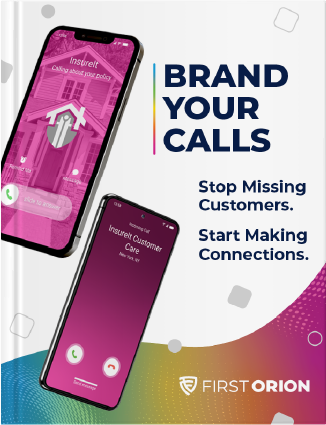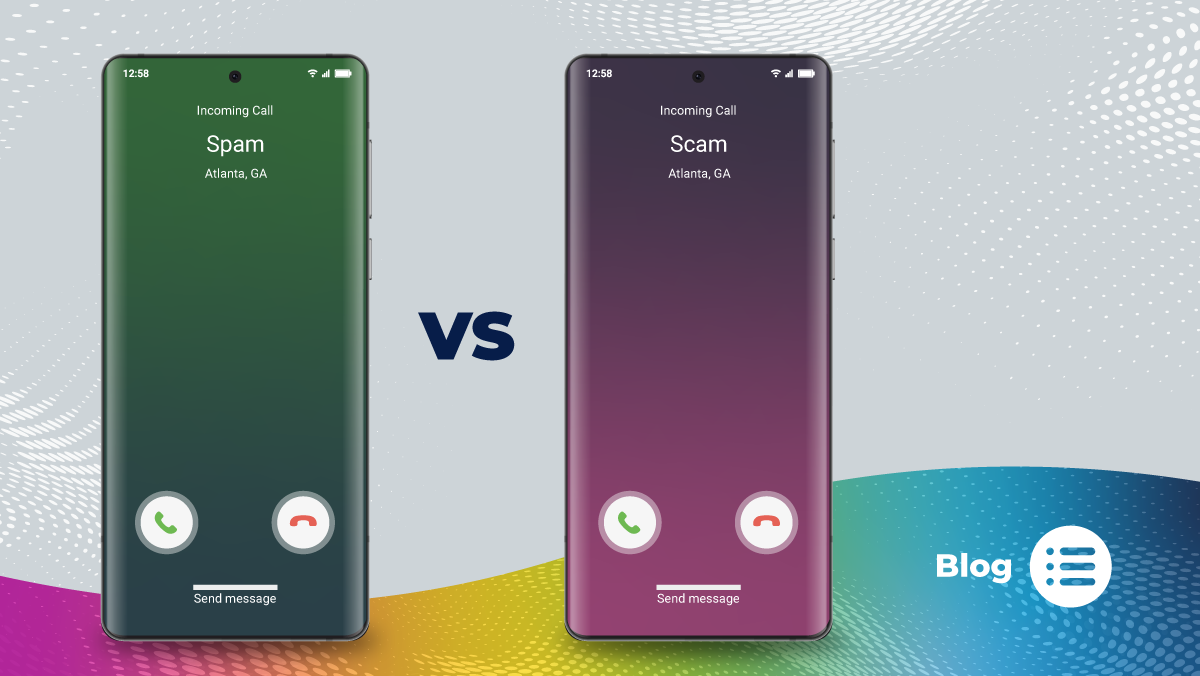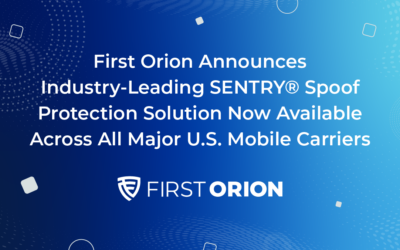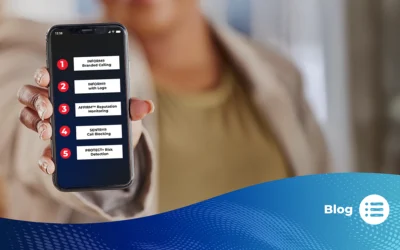Have you ever had one of your outbound calls tagged as a spam or scam call? Has it cost you valuable connections with your customers, wasted time, and lost revenue?
If you’re reading this post, our guess is you have, and you’re fed up with it!
But don’t bring out the pitchforks just yet. Although getting flagged can be frustrating, it’s also part of a vital caller protection process to prevent bad actors and annoying robocallers from abusing customers’ trust.
You may also wonder how carriers flag numbers as a spam vs scam risk and how to prevent the dreaded tags from showing up on your calls. To solve that problem, we first need to establish the difference between a scam and a spam call – and no, they aren’t the same thing.
Scam vs. Spam
So what’s the difference between scam vs spam?
Scam calls are defined as fraudulent calls where the scammer attempts to scam victims out of their personal information to defraud them – usually for money.
In contrast, a spam call is not necessarily a scam attempt – many spam calls are from legitimate businesses that use unfair or poor calling practices, which leads to annoyed customers. Examples of spammers range from political or polling calls to charities who repeatedly call numbers to gather donations.
Although both spam and scam calls can be seen as fraudulent, spam calls are given a different distinction. They are often legitimate calls from real businesses but can still be unwanted communication for customers.
Tagging these calls allows customers to choose whether to answer or ignore a call.
How do these calls get tagged?
Every carrier has a different way of determining which calls are likely wanted, fraudulent (scam), or legitimate but unwanted (spam).
Calls not from a legitimate business in the T-Mobile network and potentially fraudulent are given the “Scam Likely” tag. With the help of First Orion, T-Mobile uses AI-powered analytics to determine which calls are scams and which ones are not.
The technology allows First Orion to identify which calls are spoofed by bad actors and which are legitimate. A national bank organization could make thousands of calls every day and still be at risk of getting spoofed. But with our AI technology, we can identify and tag the spoofed calls as “Scam Likely.” Legitimate calls will not be tagged.
Spam tags from other carriers do not use the same technology as First Orion and the T-Mobile network.
Other carriers don’t have the same capabilities and often rely on consumer feedback for spam tagging. They also don’t differentiate between a legitimate and a spoofed call from a business, which can lead to more verified calls going unanswered.
Are you looking to stop the scam and spam tags? Keep reading for some helpful best practices.
How to prevent getting tagged
Businesses often think there’s nothing they can do to prevent getting tagged as spam or scam calls. But good news – there are some best practices you can follow to avoid an incorrect label.
One of the first steps your business should take is to register your number through our Free Caller Registry. While this doesn’t guarantee your numbers won’t get tagged as spam or scam, it does help carriers organize your business into the appropriate category and identify it as a legitimate business.
After registering your business’s number, run through the following checklist of best practices to determine if your calling strategy is fair and appropriate for customers.
- Don’t use one central number for all calls.
- Avoid excessive calling to the same recipient.
- Ensure users expect a call.
- Respect users’ requests not to be contacted.
- Provide a consistent, accurate, and user-dialable telephone number with every call you make.
- Provide a consistent Calling Name that matches the context.
- Align the context and content of calls for the duration of the number’s assignment.
- Document standard calling patterns.
- Don’t use a pre-recorded message for lead prospecting calls.
- Don’t call unassigned numbers frequently.
While removing a spam or scam tag isn’t as easy as flipping a switch, following these calling practices can improve your business calling outcomes and prevent call blocking and future unwanted spam vs scam labeling.
But there’s still one other option that you can use to identify your calls to your customers.
Branded Calling
- Brand protection from scammers.
- Custom branding is retained in the phone call log.
- Superior call data and best-in-class analytics to help improve your outbound calling strategy.




